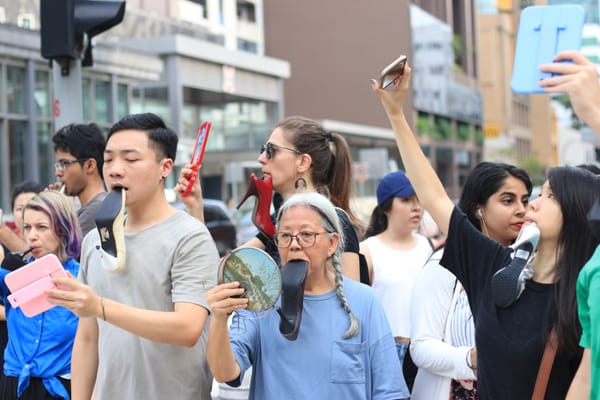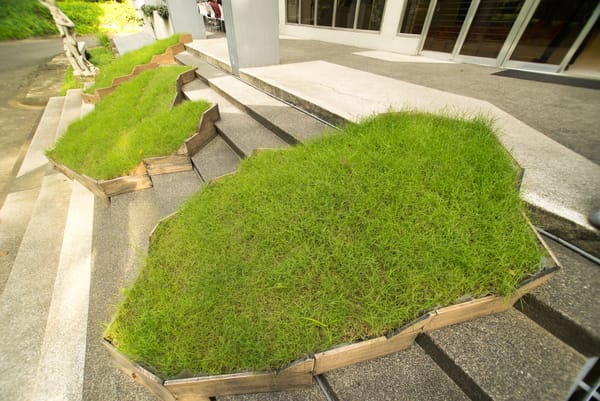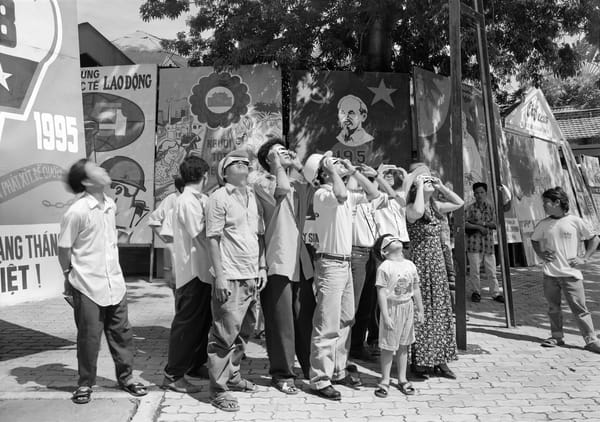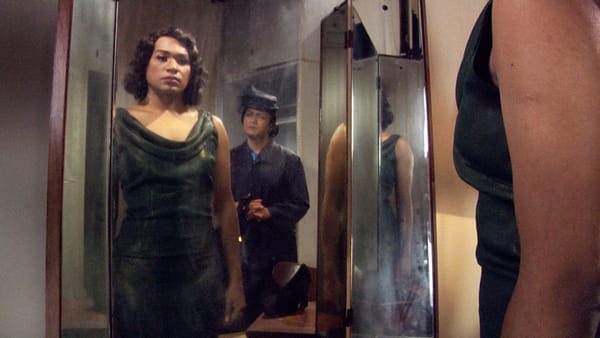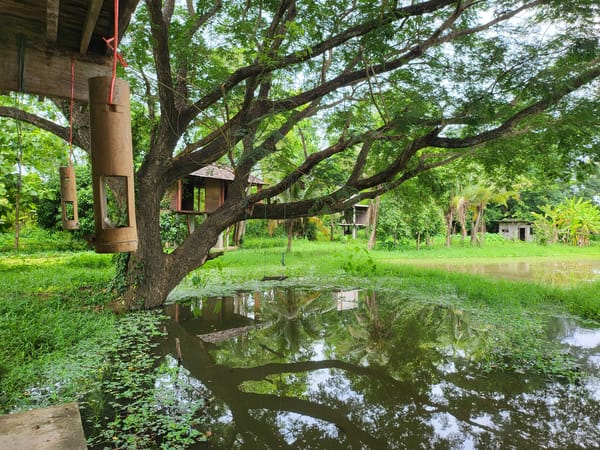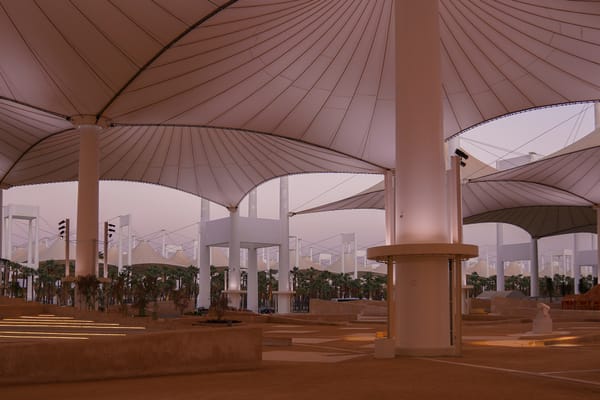Issue
Bangkok: Tang Chang: Calligraphic Abstraction
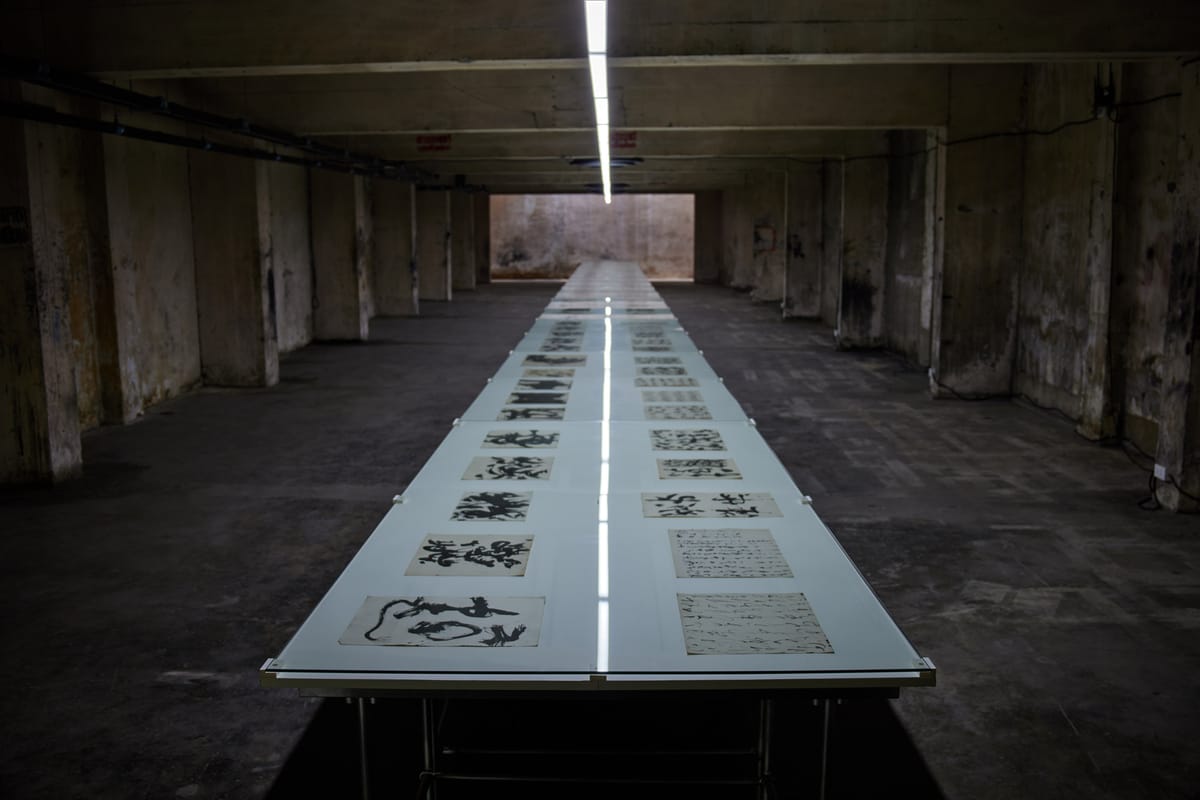
Tang Chang
Calligraphic Abstraction
Bangkok Kunsthalle
Nestled in Bangkok’s packed Chinatown, the Bangkok Kunsthalle, which debuted last year, is a vast industrial complex. Formerly a printing house, the venue was perhaps an apt location for “Calligraphic Abstraction,” a solo exhibition of works by Tang Chang (1934–1990)—a self-taught artist, poet, and scholar of Chinese descent, born in the Thai capital. As an expert in early abstract art (think Kandinsky) educated in the West eager to investigate abstract practices in Asian art history, my encounter with Chang was a fascinating and instructive discovery.
The first gallery on the ground floor—a large, dim concrete room reminiscent of a bunker—featured a long table illuminated by white neon. Laid out were a selection of Chang’s black-and-white ink on paper works from the early 1970s, their fragile nature contrasting with the brutalist architecture. The lack of air conditioning was concerning, given the vulnerability of works on paper to light and humidity. On one side, the sheets displayed what appeared to be single characters or isolated brushstrokes, while the other side featured denser typographic compositions. Initially, the former seemed to underpin the latter, with each brushstroke forming a character that constituted text—yet, for someone not versed in Chinese, I perceived only abstract forms expressing brush movement and ink flow. As it turns out, that was precisely the point—none of Chang’s shapes were actual characters; they merely resembled them. As one of Thailand’s first abstract artists, he was deliberately exploring the concepts of legibility and ambiguity.
